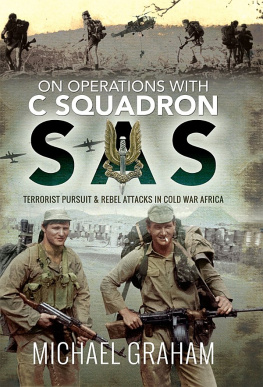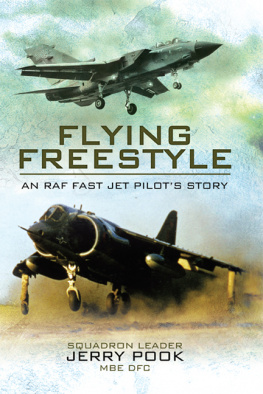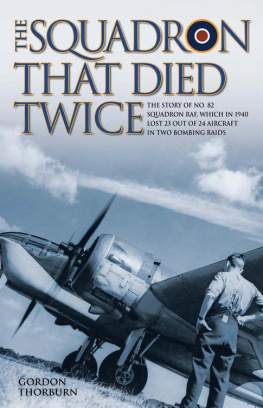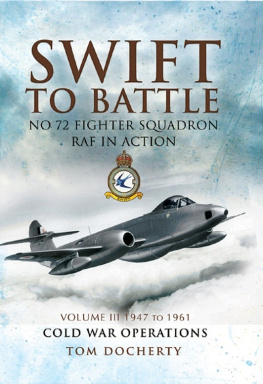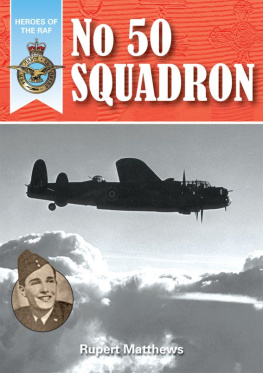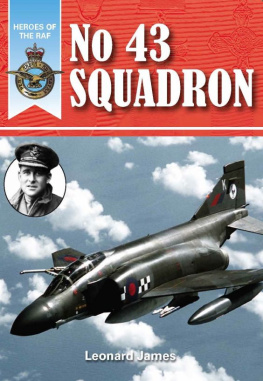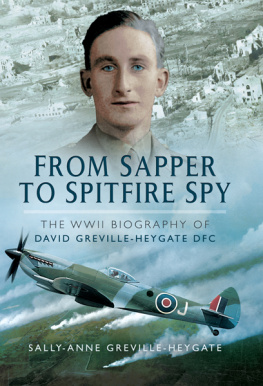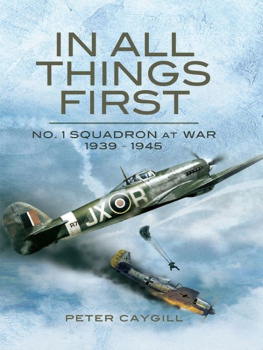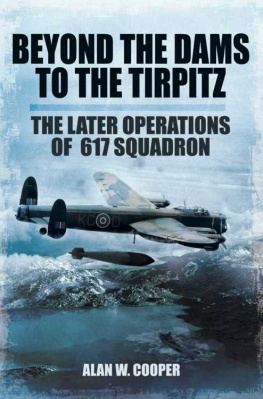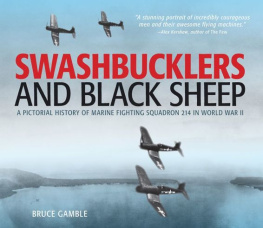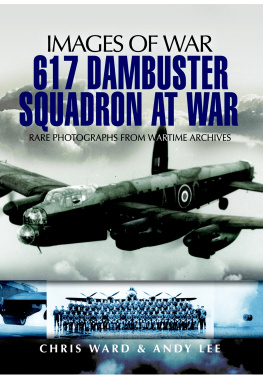First published in 2015 by
Pen and Sword Aviation
An imprint of
Pen & Sword Books Ltd
47 Church Street
BarnsleyvSouth Yorkshire
S70 2AS
Copyright Michael John William Napier 2015
ISBN 978 1 47382 327 3
The right of Michael John William Napier to be identified
as Author of this work has been asserted by him in accordance
with the Copyright, Designs and Patents Act 1988.
A CIP catalogue record for this book is
available from the British Library
All rights reserved. No part of this book may be reproduced or transmitted
in any form or by any means, electronic or mechanical including
photocopying, recording or by any information storage and retrieval system,
without permission from the Publisher in writing.
Design and artwork by Nigel Pell
Printed and bound in England
By CPI Group (UK) Ltd, Croydon, CR0 4YY
Pen & Sword Books Ltd incorporates the Imprints of
Pen & Sword Aviation, Pen & Sword Family History, Pen & Sword Maritime,
Pen & Sword Military, Pen & Sword Discovery, Pen and Sword Fiction,
Pen and Sword History, Wharncliffe Local History, Wharncliffe True Crime,
Wharncliffe Transport, Pen & Sword Select, Pen & Sword Military Classics,
Leo Cooper, The Praetorian Press, Seaforth Publishing and Frontline Publishing
For a complete list of Pen & Sword titles please contact
PEN & SWORD BOOKS LIMITED
47 Church Street, Barnsley, South Yorkshire, S70 2AS, England
E-mail:
Website: www.pen-and-sword.co.uk
Contents

This book is dedicated to the proud memory of
Flight Lieutenant Alan George Grieve BSc
Killed in a flying accident, aged 28, on 13 January 1989
while serving as a Tornado navigator with 14 Squadron, RAF Brggen.
A loyal and generous friend, still missed today
FOREWORD
by
Air Marshal Sir Timothy
Anderson, KCB, DSO
It was with the greatest pleasure and a deep sense of gratitude for his efforts that I agreed readily to Mike Napiers flattering request to write a brief Foreword for the second instalment of his detailed, enthralling and authoritative history of No.14 Squadron RAF. Whilst Mike undoubtedly enjoys the role of author, detective and archivist, penning a comprehensive and richly-illustrated history such as this companion volume to Winged Crusaders is nevertheless a time-consuming endeavour and there must have been many times when he, or his close family, wondered what on earth had prompted him to come back for a second bite of this particular cherry! Notwithstanding, without his commitment, stamina and conscientious research, not to mention his refined powers of persuasion, a relatively small but highly-significant component of Royal Air Force and air-power history would have presumably been lost to time, along with the many voices that Mike has amplified for us throughout the pages of his treatize. All who love and are proud to have been associated with 14 Squadron over the years owe him a debt of gratitude for assuming the responsibility and taking the time to formulate this distinctive account of our squadron and I am happy to highlight that here as a matter of record.
As the world reset in the years after the Second World War, 14 Squadron began another prolonged period of overseas service that was to culminate in 2001, by which time it was the longest serving of all of the RAF flying squadrons based in Germany. Even to those of us who may be forgiven for viewing the squadron, its activities and people, through rose-tinted spectacles, it is remarkable how frequently during this extended period the squadron was at the forefront of operations, or was distinguished by its operating performances, rich sprinkling of indomitable characters and enduring spirit and also, how often history appears to have repeated itself. In 1946, 14 Squadron Mosquitoes were part of the Air Forces of Occupation and carried out shows of force in direct support of ground forces a tactic used to excellent effect by the squadrons Tornados over Iraq and Afghanistan over sixty years later! The squadron was selected to deploy Canberras to Malaya at very short notice in response to the Indonesian Confrontation. Similar short-notice deployments of Tornados, with 14 Squadron again in the van, took place in later years to the Middle East, as they did too for operations over the Balkans at the turn of the century. Operating the Hunter in the day-fighter role and maintaining QRA to police the central Europe ADIZ, the squadron was the RAFs last pure Day-Fighter Squadron when it gave up its Hunters at the end of 1962. With the Jaguar, 14 Squadron was the RAFs first and last single-seat strike squadron and, with the help of the Tornado GR1, spent 25 years holding QRA (N) as part of NATOs tactical-nuclear deterrent; it also won the Salmond Trophy, awarded for operational excellence, for three consecutive years (the only unit to have done so) and it pioneered HAS operations for the RAF.
By any measure, the squadron has provided much more than a footnote in the development and delivery of UK airpower and this record is a fittingly detailed testament to the its achievements and to the men and women who made them possible. The structure of the book follows the highly-successful format employed in Winged Crusaders, with a plentiful supply of photographs of aircraft and personnel most of them previously unpublished illustrating the text, underpinned by a rich body of original research. But, inevitably, it is the primary evidence provided by the host of interviews, letters and e-mails, painstakingly collated and exploited for the readers benefit in bringing the story to life, that marks this book as worthy of particular attention, not least in dealing sensitively with poignant views expressed by contemporary crews engaged in the distinctly unglamorous realities of armed conflict and the taking of life.
More recently, operations by 14 Squadron Shadow aircraft in Afghanistan are almost full circle back to the Senussi campaign of 1915, in which a small number of unarmed BE2c aircraft operated directly for the army commander, providing critical real-time intelligence, reconnaissance and target information. And with the Shadow and whatever comes after, I feel confident that the current and future members of this illustrious squadron will continue to uphold the traditions, values and high-professional standards set by their forebears. Nevertheless, for now, I encourage the reader to examine and enjoy the compelling narrative and respectful witness borne to the squadrons endeavours to date, available through the carefully polished lens of this book.
Air Marshal Sir Timo Anderson, KCB, DSO
November 2013, London
INTRODUCTION

Formed in 1915 and still operational today, 14 Squadron is one of the RAFs longest serving and most senior squadrons. Paradoxically, it is also one of the least-known of the RAFs flying squadrons because its service has largely been based overseas, ignored by the parochial British press and invisible to the British public. The units formative years through the First and Second World Wars, and the period between them, have been covered in


